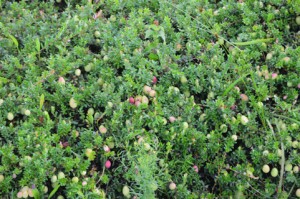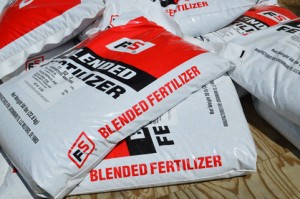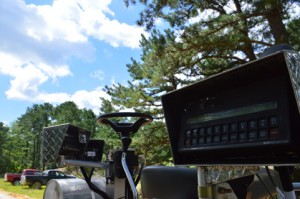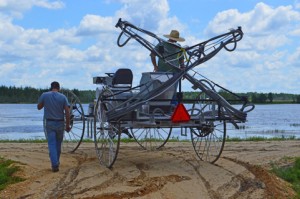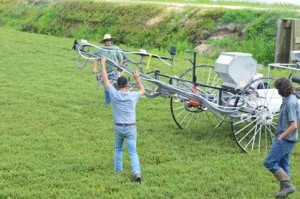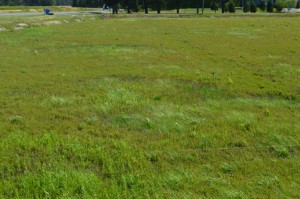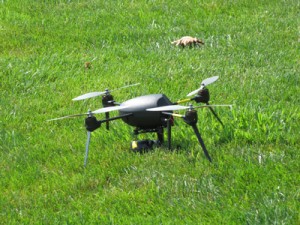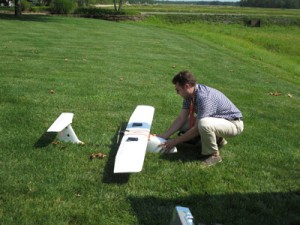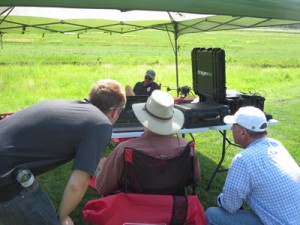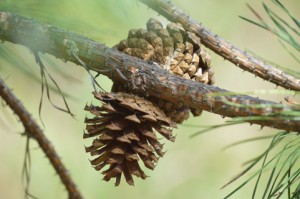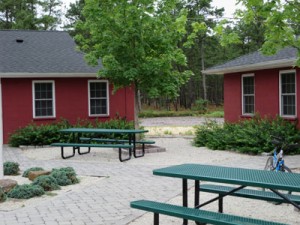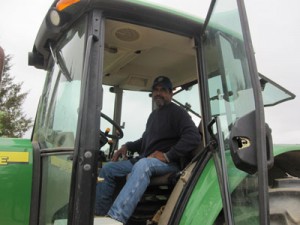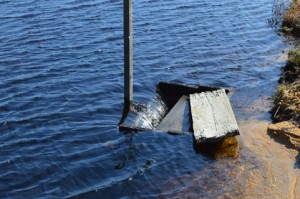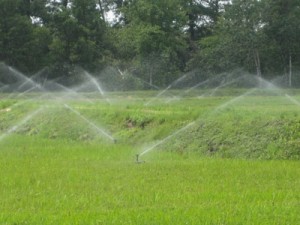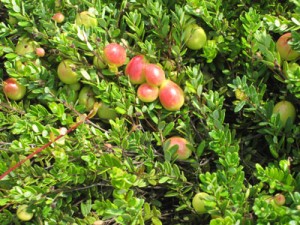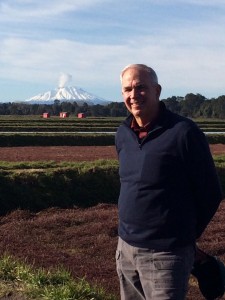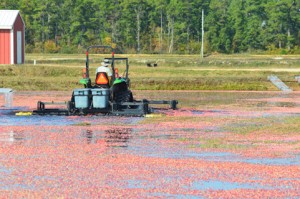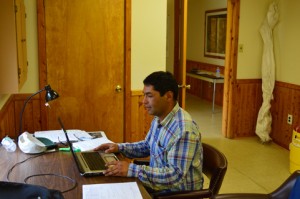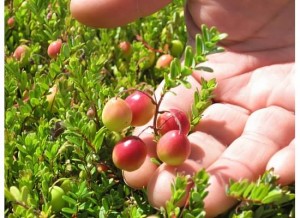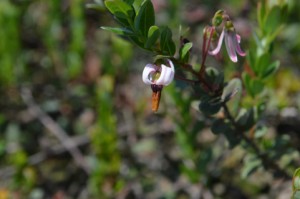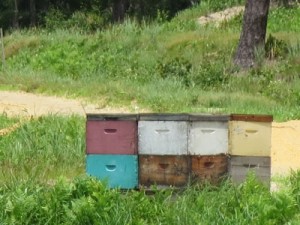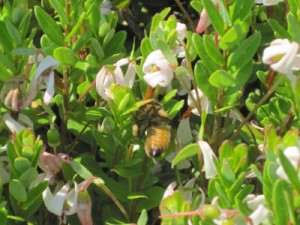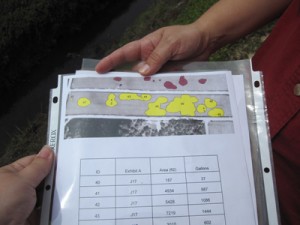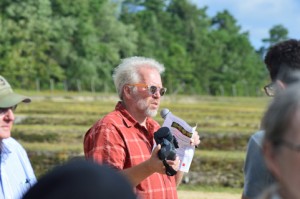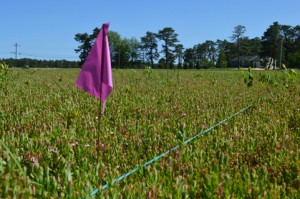This week, a brief look at one of our favorite vendors: Legacy Advisors!
Legacy Advisors, located in Plymouth Meeting, PA, has been helping Pine Island with our financial planning for over a decade. From the Legacy website:
We believe helping our clients focus on everything that is important to them and establishing specific objectives which must be accomplished differentiates us from other advisors. The ability to ask the right questions and listen is a lost art today.
Through a series of open, in-depth discussions, we help our clients focus on what’s most important to them, their family and their business. The true art of our business is in asking the right questions to guide and compel our clients to evaluate their priorities. Through thoughtful listening, we get to the core of their beliefs, business goals and personal wishes.
Once objectives have been established, we work with our client’s trusted team of advisors to make certain that every aspect of their plan is implemented, properly communicated and kept up to date.
John Krol and his team do all that for us, and more. He and his team also share Pine Island’s belief in giving back to the community, and their foundation has worked over the past several years to benefit such organizations as the Children’s Scholarship Fund, La Comunidad Hispana, the Garage Community & Youth Center, and many more.
The quality of life in our region is important to everyone who lives and works here. The Legacy Foundation is our way of giving back to the communities we so proudly serve, so that we may do our part to improve the lives of those who need it most.
Established in 2003, The Legacy Foundation is a non-profit organization that provides support for children and adults who, through no cause of their own, are socially, mentally, or physically deprived.
It’s really the personal touch that makes working with Legacy such a wonderful experience, and John’s strong background and familiarity with family businesses make Legacy an excellent choice. He spent many years working with a family-owned manufacturing business as CFO as well as their VP of International Business, which gives him a strong sense of understanding for family and financial issues when designing an optimal financial plan for business owners today.
“I’ve worked with John for almost sixteen years now,” says Pine Island CEO/Owner Bill Haines. “I was concerned with business succession and estate planning, and his advice has been tremendously helpful. I feel much more comfortable with where we are both personally and as a company, thanks to his efforts.” And it’s not just John; the personal commitment to excellence goes from the top down. His whole team is great to work with, at every level that we deal with them; they’re always helpful, always professional, and always get stuff done. “John has become a trusted advisor on more than estate planning and business succession,” Bill says. “He sits on our Board of Advisors and his advice is always insightful, helpful, and welcome. He’s become more than an advisor, he’s a friend.
“If anyone feels they need advice in estate planning, business succession, general finance, or any business issue, I never hesitate to recommend Legacy.”

